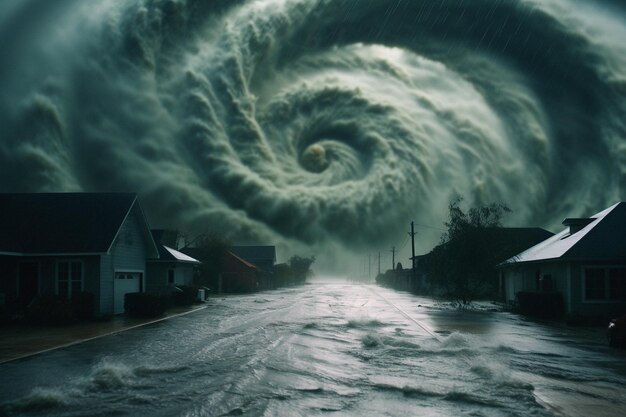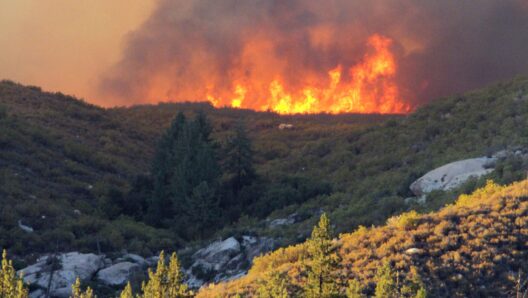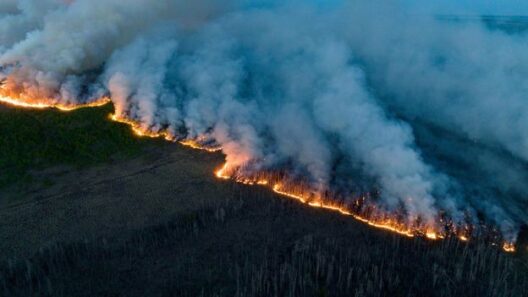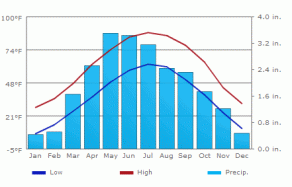As climate change continues to capture the attention of scientists and the public alike, the increasing severity and frequency of hurricanes has emerged as a focal point of concern. Observations over the past decades indicate a troubling trend in hurricane activity. This article explores the intricate relationship between climate change and hurricanes, examining how rising global temperatures and shifting weather patterns contribute to the intensification of these powerful storms.
To comprehend the implications of climate change on hurricanes, one must first understand the fundamental mechanics of how these storms form. Hurricanes, or tropical cyclones, are born over warm ocean waters where specific conditions are met: a pre-existing weather disturbance, sufficient humidity in the atmosphere, and light winds aloft. The escalating temperatures due to climate change have amplified the heat stored in ocean waters, creating a more conducive environment for hurricane formation and intensification.
A key factor to consider is that warmer oceans can lead to more energetic cyclones. Research indicates that for every degree Celsius increase in sea surface temperature, the maximum wind speeds of hurricanes can increase significantly. This is due to the enhanced evaporation rates that warm waters facilitate, allowing more moisture to fuel the storm. As a result, hurricanes not only may become stronger but also more destructive, carrying with them the potential for increased rainfall and storm surges.
Moreover, it is essential to acknowledge the concept of rapid intensification. This phenomenon occurs when a tropical storm quickly strengthens into a hurricane, sometimes within just a few hours. The increased warmth of the oceans, exacerbated by climate change, contributes to this rapid intensification, leading to storms that can escalate into catastrophic hurricanes with little to no warning. Such characteristics make preparedness and risk assessment all the more challenging for coastal communities.
Another intricate aspect of hurricanes influenced by climate change is the alteration of atmospheric patterns. Climate change modifies the jet streams and atmospheric pressure systems, which can affect storm tracks. For instance, these atmospheric changes may lead to hurricanes that stay longer over land, increasing the duration of extreme rainfall and flooding. The correlation between climate fluctuations and storm movement emphasizes the urgent need for refined predictive models to help communities brace for their potential impacts.
Furthermore, the melting of polar ice and the resulting rise in sea levels can’t be overlooked. As sea levels continue to rise, coastal regions face an increased vulnerability to storm surges associated with hurricanes. Even storms that do not reach hurricane status can wreak havoc when combined with higher sea levels, emphasizing the need for comprehensive coastal management strategies.
In addition to the direct impacts of climate change on hurricane intensity, there are broader environmental implications exacerbated by these devastating storms. The aftermath of hurricanes can lead to prolonged environmental degradation, destruction of ecosystems, and challenges in recovery for both human and wildlife populations. Coastal habitats, such as mangroves and wetlands, serve as natural barriers against storm surges, and their degradation due to human activity only compounds the effects of hurricanes.
Furthermore, the socio-economic repercussions of intensified hurricanes are profound. Communities facing frequent and severe storms may find themselves grappling with increased insurance costs, the displacement of populations, and long-term damage to infrastructure. The interaction between climate change and hurricanes presents a clear call to action for stakeholders across the spectrum, from policymakers to local residents, to engage in meaningful dialogue about mitigation strategies and sustainable practices.
While some may argue that hurricanes have always been a natural occurrence, the unprecedented nature of modern storms raises an alarming question: Are we merely observing the cyclical patterns of weather, or is climate change fundamentally reshaping the atmospheric conditions that govern hurricane behavior? This inquiry compels society to reassess its relationship with the environment and take proactive measures to address the root causes of climate change.
Education plays a pivotal role in combating the detrimental implications associated with climate change and hurricanes. By disseminating accurate information and fostering community awareness regarding climate adaptation measures, individuals and communities can better prepare for the realities of an evolving climate. Engagement in local initiatives focused on environmental protection, alongside advocacy for comprehensive policy reform, creates pathways to build resilience against future storms.
Navigating the consequences of climate change requires a collective, informed, and committed effort. As the impact of climate change on hurricanes becomes increasingly irrefutable, society has the unique opportunity to pivot towards sustainability and environmental stewardship. By confronting the intricacies of climate-related challenges head-on, we may bolster our defenses against hurricanes and foster a more resilient future for generations to come.
In conclusion, understanding the dichotomy between our natural environment and the anthropogenic influences upon it reveals the profound implications of climate change on hurricane activity. The interconnectedness of warming oceans, altered atmospheric dynamics, and socio-economic ramifications amplifies the need for comprehensive action. With awareness, education, and collaborative initiatives, we can address the escalating threats posed by hurricanes, ensuring that we cultivate a sustainable and secure future.








